A New Era of Colorectal Cancer Screening with CT Colonography
📖 Estimated reading time: 10 minutes
“For those in a hurry, I’ve created a short YouTube video that summarizes the key points.
👉 Watch the video here”
■Who Should Read This Article
- You’ve been advised to get a colon cancer screening but feel anxious about laxatives or colonoscopy.
- You hesitate because of embarrassment or fear.
- You’re in your 50s or older and starting to take health checkups seriously.
- You’ve had a colonoscopy before that couldn’t be completed or was extremely uncomfortable.
- You want a less invasive way to examine your colon.
👉 If any of these sound like you, this article will ease your worries and help you take that first step with confidence.
☀️Introduction: Fear, Pain, and Embarrassment — I Understand
“I know I need a colon exam… but drinking all that laxative sounds awful, having a scope inserted is scary, and above all, it’s embarrassing.”
That was exactly how I felt as a man in my 50s. Every time my doctor recommended colorectal screening, I dreaded it. Friends told me horror stories: “The laxative was torture.” “The exam was unbearable.”
At one point I even thought, “Maybe I should just ignore it.”
But colorectal cancer is a serious and common disease in Japan:
- #1 cause of cancer death in women
- #3 in men
Thinking of my family, I knew I couldn’t keep avoiding it. That’s when I discovered CT Colonography (CTC) — also called “Virtual Colonoscopy.”
Chapter 1: What Is CT Colonography?
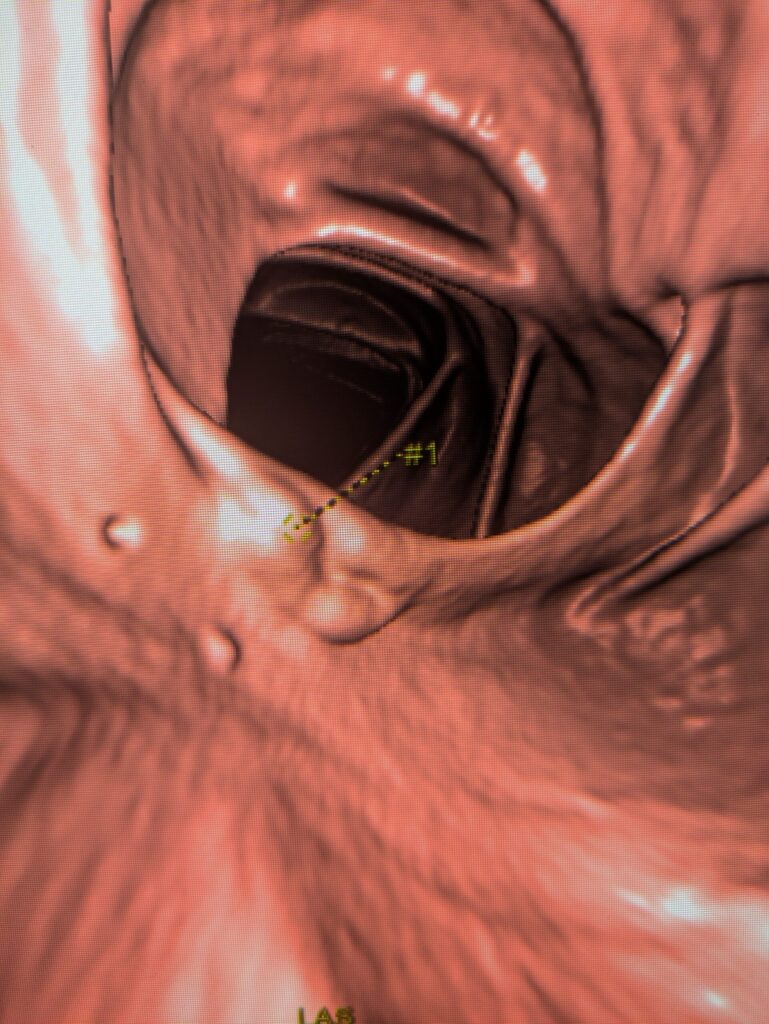
CTC uses CT scanning to create 3D images of the colon, allowing doctors to “virtually” inspect the inside without inserting a scope.
Purpose & Accuracy
- Detects colorectal cancer and polyps early
- Evaluates strictures or adhesions
- Examines the abdomen and surrounding organs simultaneously
Detection Rates:
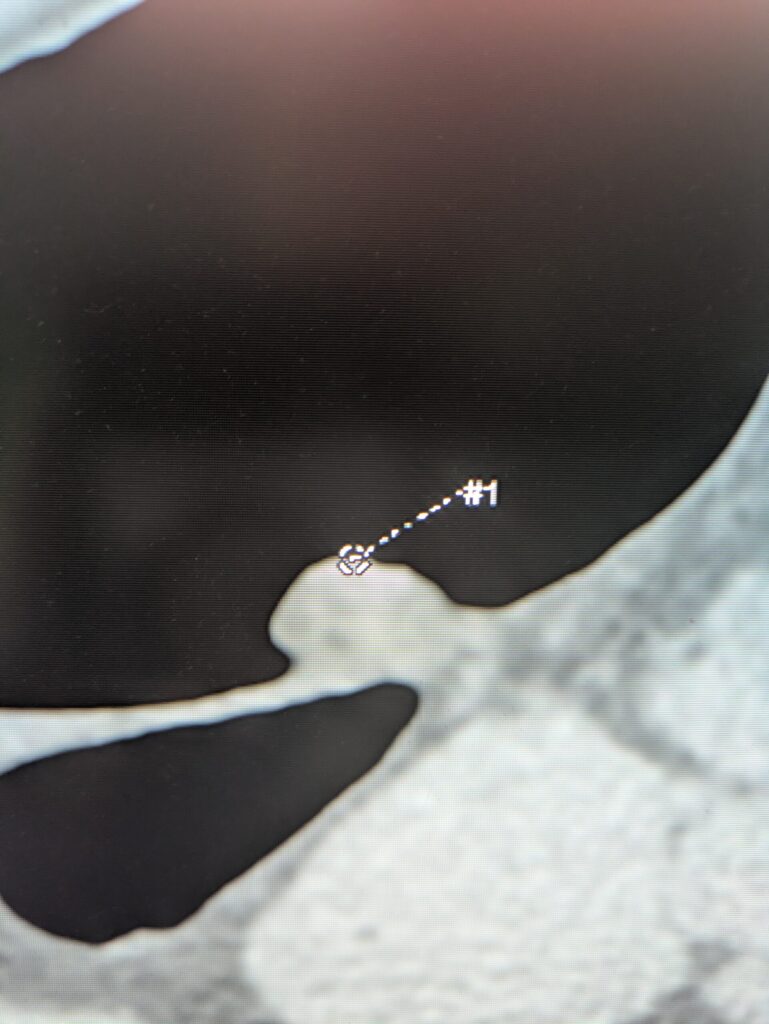
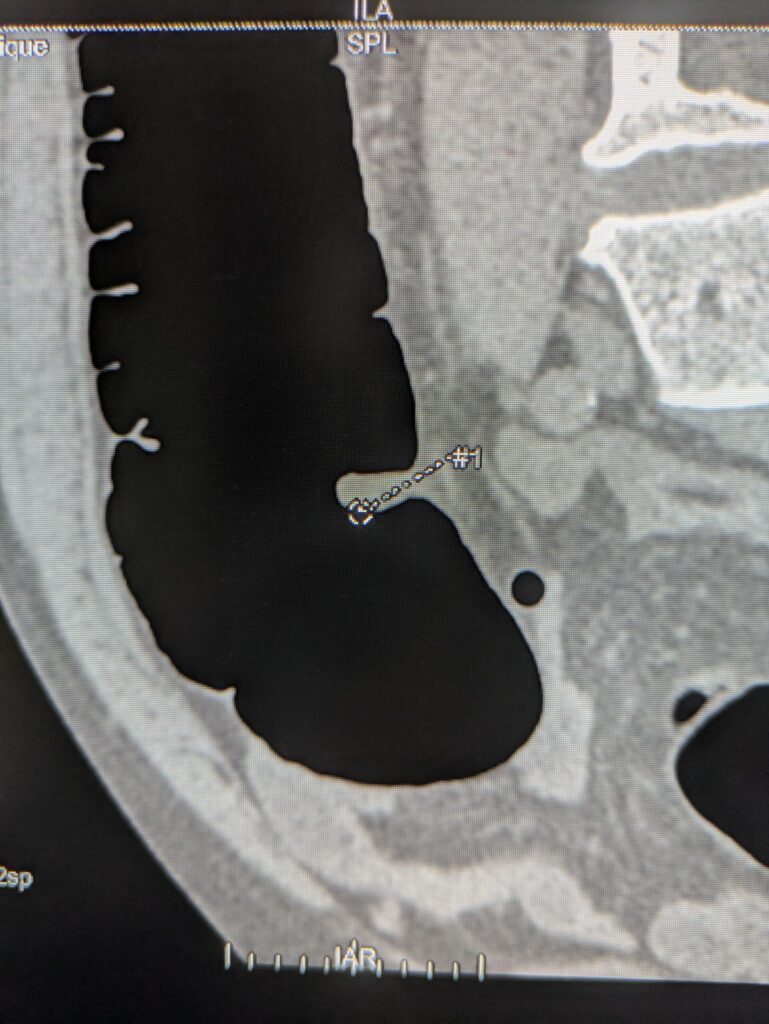
- Polyps ≥6mm: 80–90%
- Polyps ≥10mm: 90–95% (comparable to colonoscopy)
- Polyps <5mm: 40–60% (lower, but low malignant risk)
👉 In other words, CTC reliably detects clinically significant lesions.
In Europe and the U.S., it’s already widely adopted as a first-line screening tool. In Japan, it’s gaining traction as a safe alternative for people hesitant about colonoscopy.
Chapter 2: My Experience — A “Painless” Process
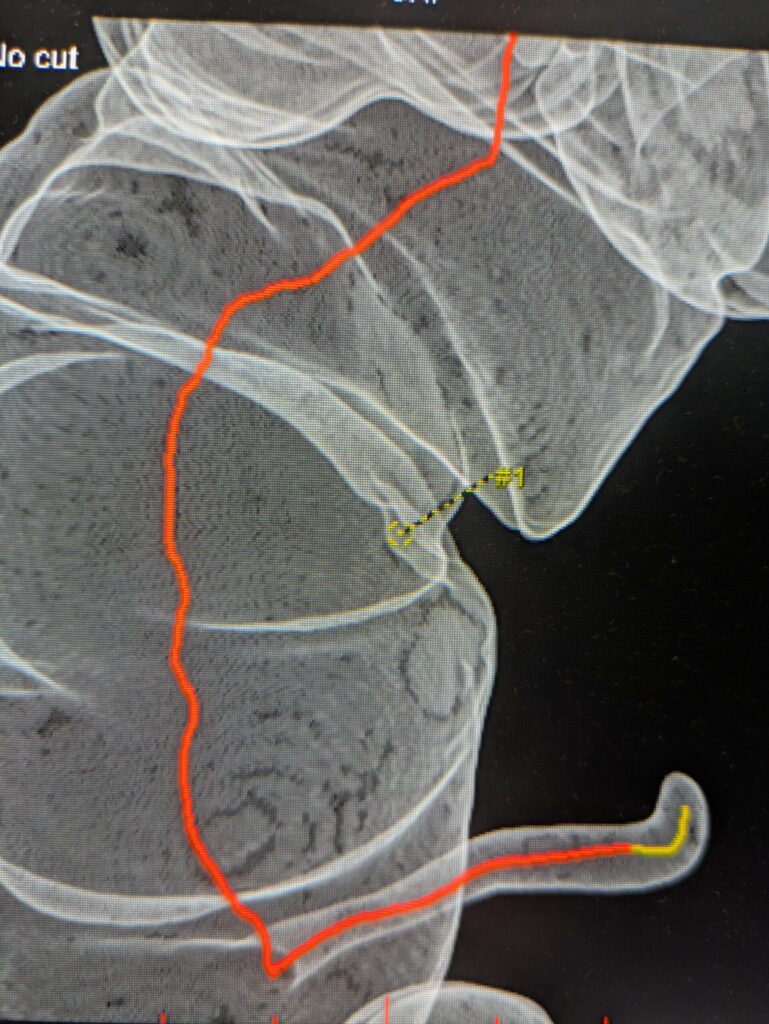
Preparation
- Colonoscopy: requires about 2 liters of laxatives.
- CTC: only 150–200ml.
- Special low-residue diet the day before.
On the Day
- A soft tube is inserted about 4–5cm into the rectum.
- Carbon dioxide gas (1,500–2,500ml) is introduced to inflate the colon.
- CT scans are taken in supine and prone positions (10 seconds each).
- 3D images and maps are generated with software.
⏱️ Total exam time: 10–20 minutes.
Afterward, the CO₂ is absorbed by the body and exhaled naturally. The bloating feeling disappeared within minutes.
Chapter 3: Techniques That Make It Easier
Tagging Method
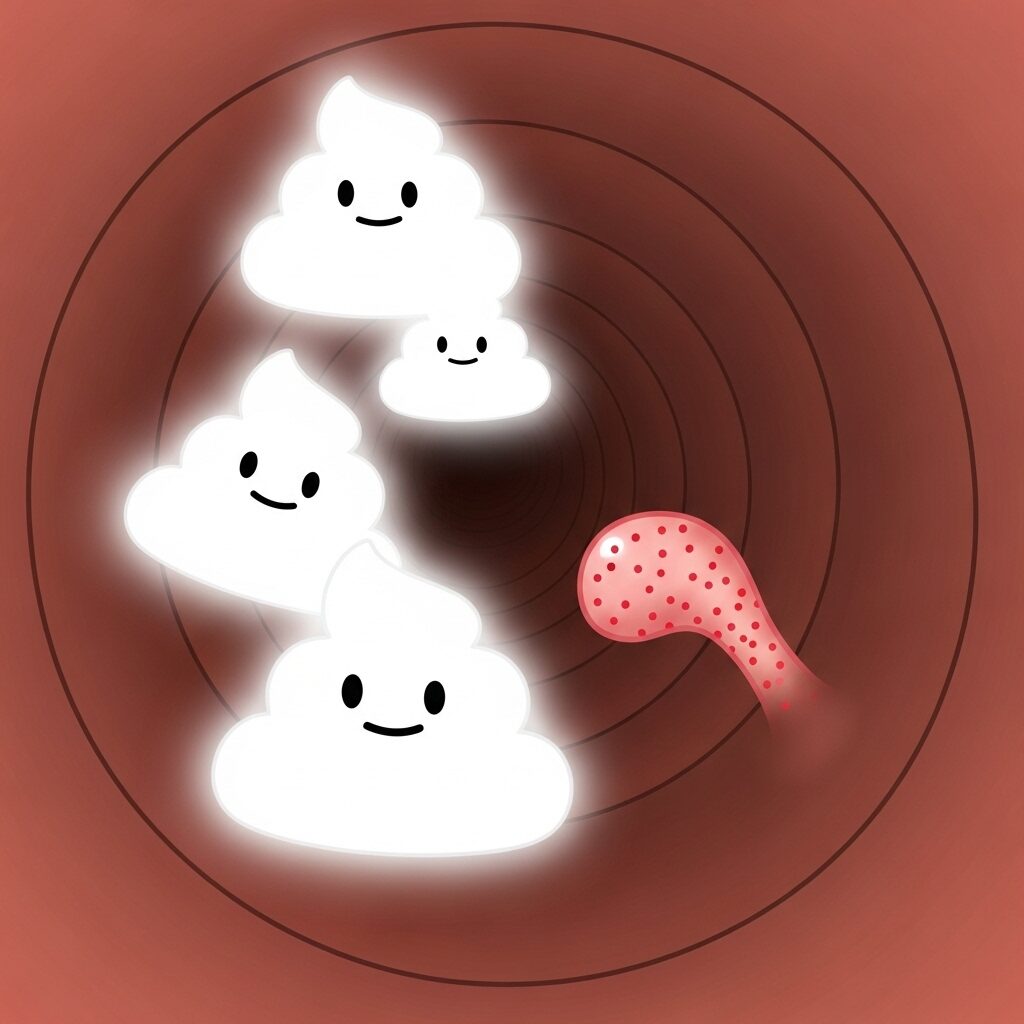
- Small amounts of barium or iodine solution are ingested.
- Residual stool/liquid becomes “tagged” (bright) on CT.
- Doctors can distinguish stool from polyps.
- Software can even digitally remove tagged stool.
👉 Like adding fluorescent markers to dirt in a pool so a drone can photograph only the clean areas.
Carbon Dioxide Insufflation
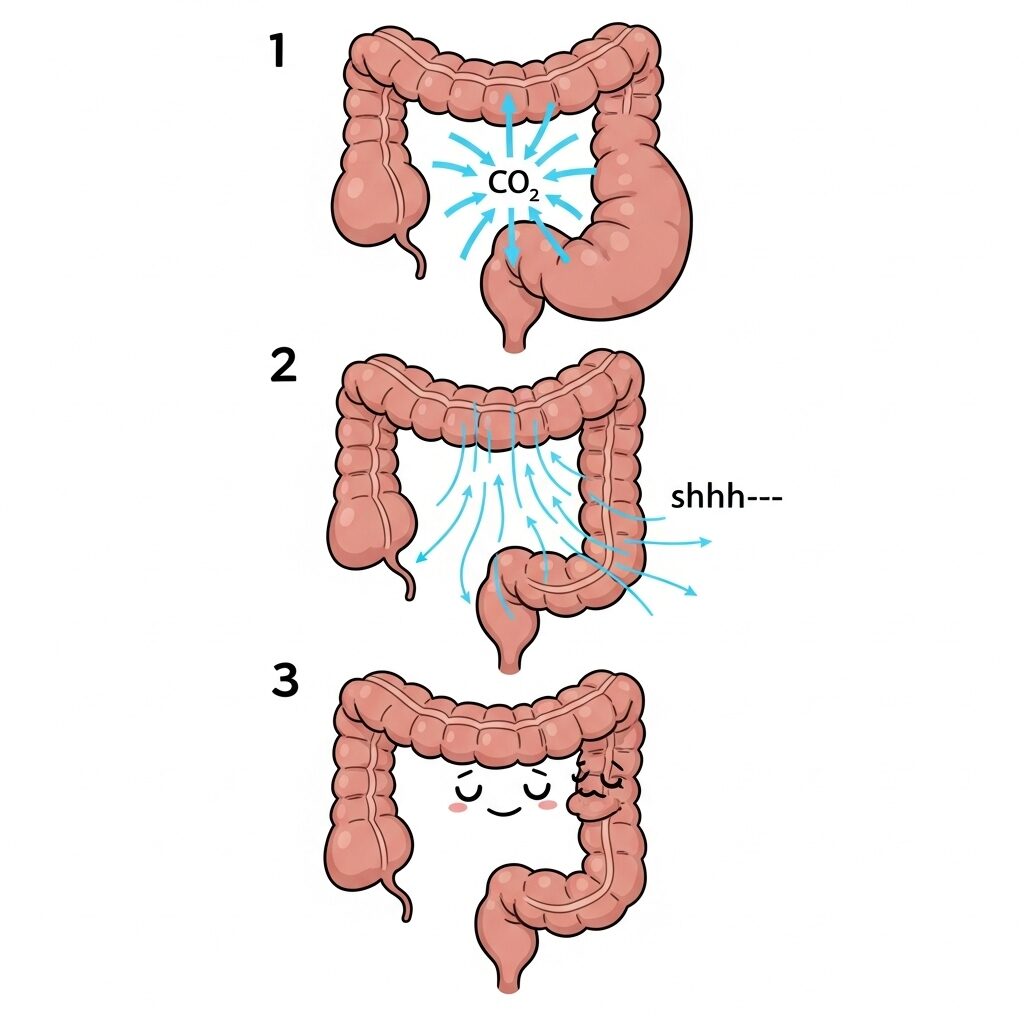
- Absorbed 130x faster than air
- Less post-exam bloating or pain
- Exhaled naturally through breathing
👉 This makes CTC far more comfortable than conventional colonoscopy.
Chapter 4: Colonoscopy vs. CT Colonography — and Radiation
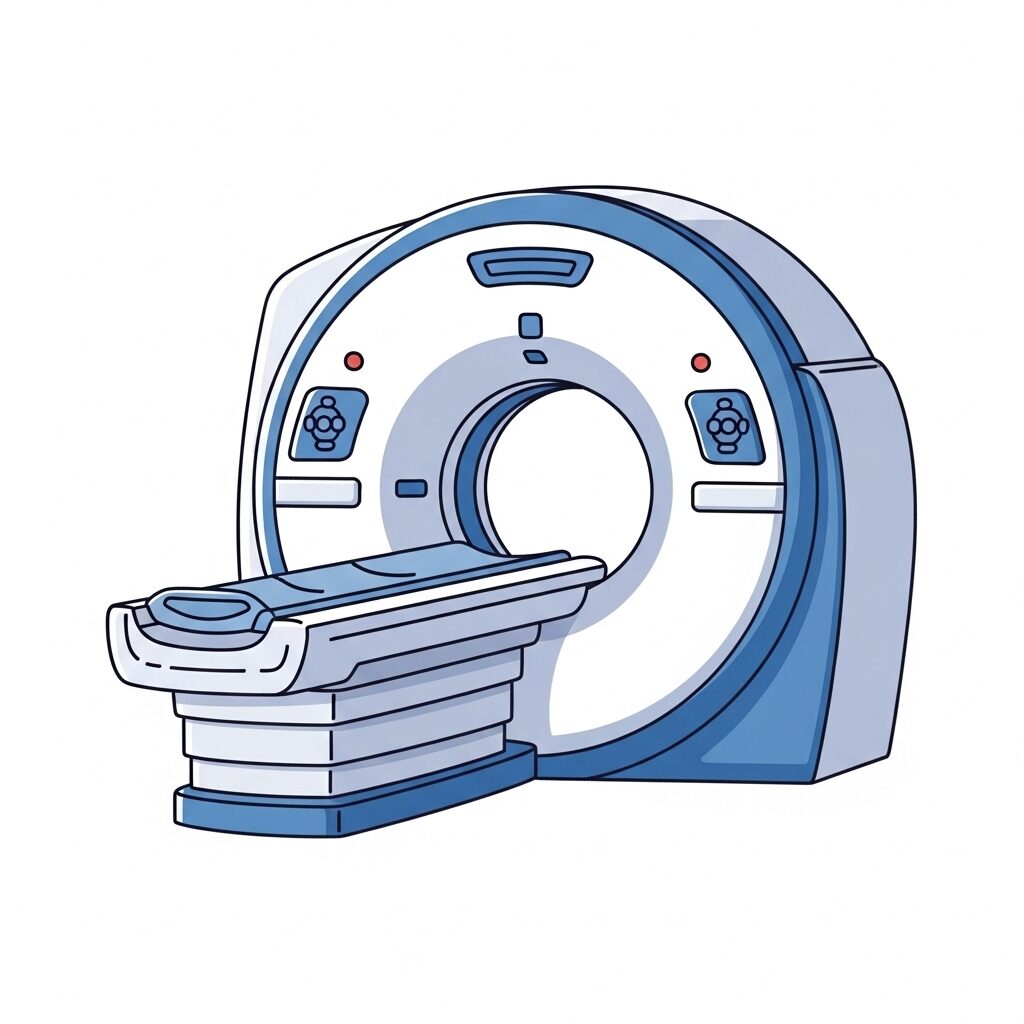
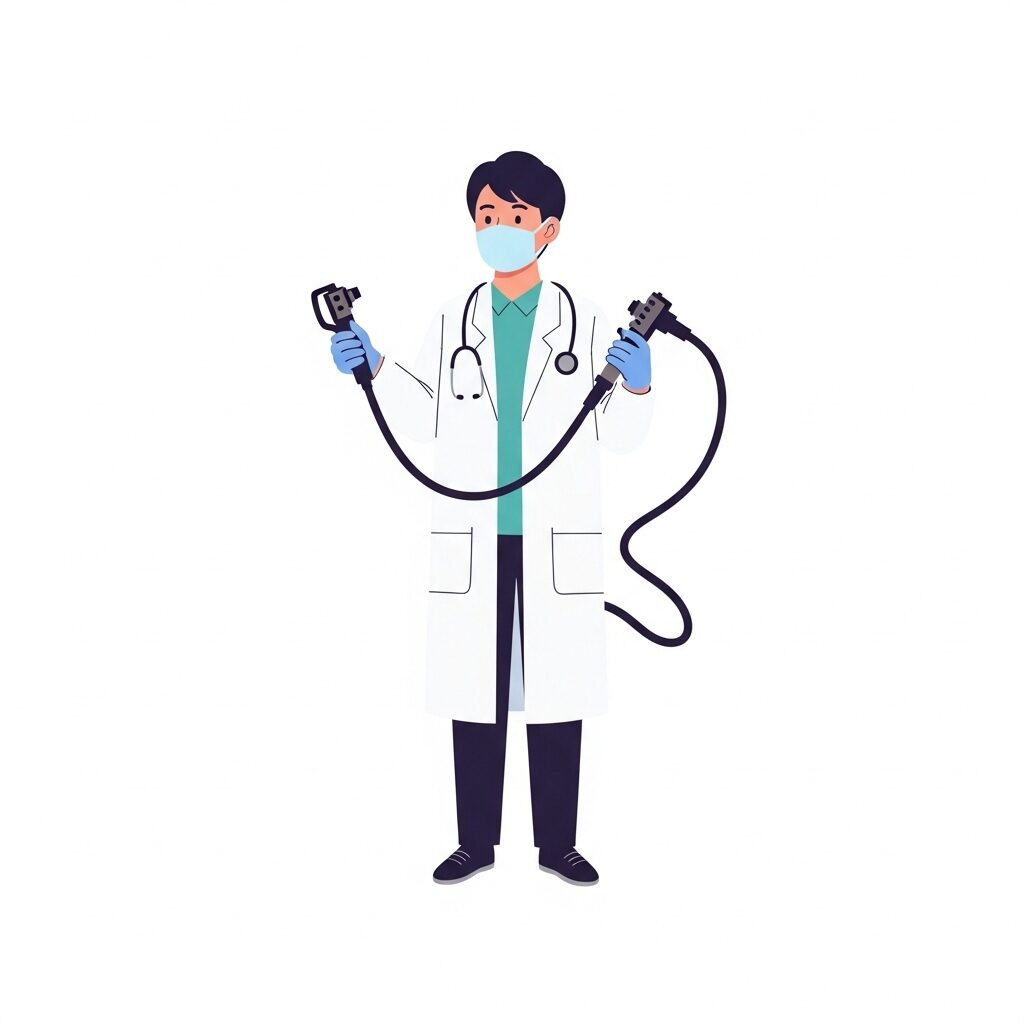
| Aspect | CT Colonography | Colonoscopy |
|---|---|---|
| Patient burden | Low | High |
| Laxative volume | 150–200ml | ~2L |
| Exam time | 10–20 min | 20–60 min |
| Treatment | Not possible (diagnostic only) | Possible (biopsy, removal) |
| Discomfort | Mild | Strong (sedation sometimes needed) |
| Radiation | 1–5 mSv (low-dose) / 4–12 mSv typical | None |
👉 Best strategy: use CTC for diagnosis, and colonoscopy if treatment is needed.
Radiation Concerns
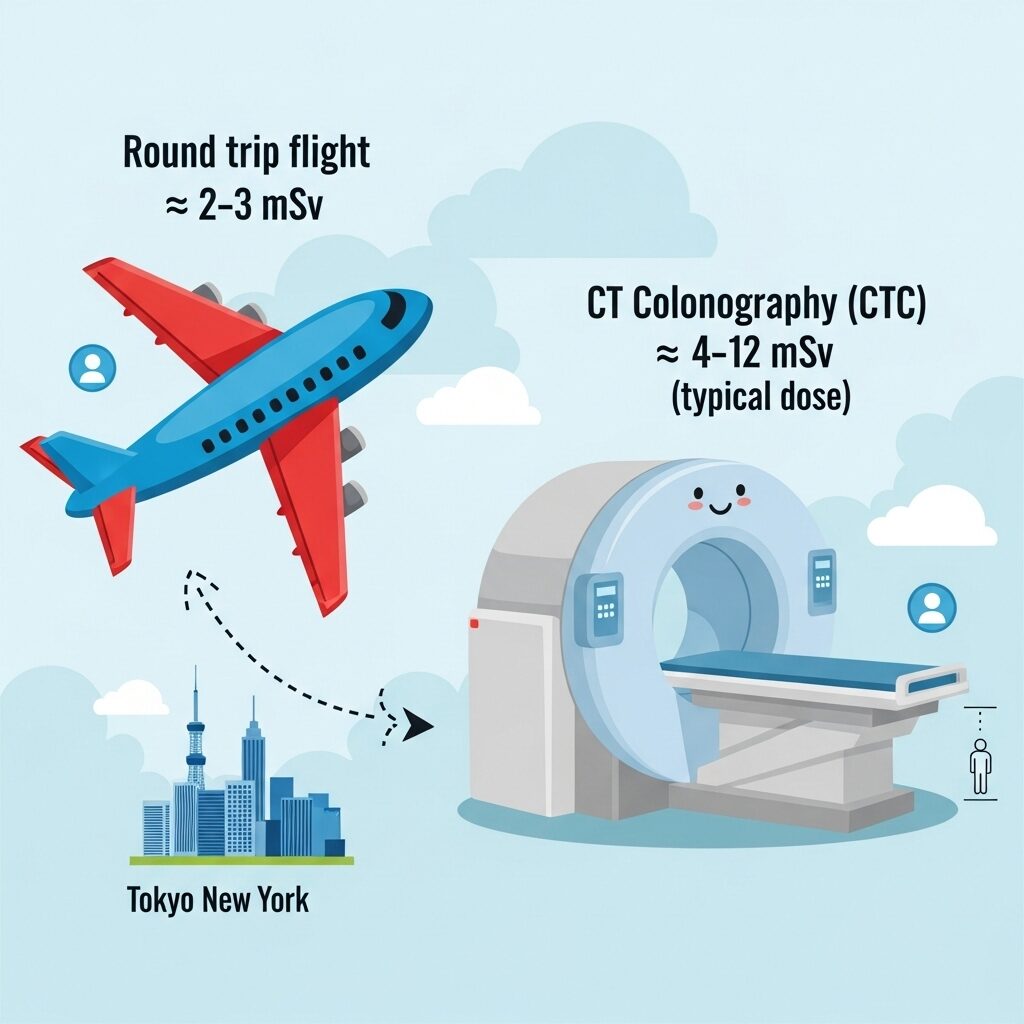
- Typical: 4–12 mSv
- Low-dose protocol: 1–5 mSv
- For comparison: Tokyo–New York round-trip flight = 2–3 mSv
👉 About the same as a chest CT scan. Not excessive.
Chapter 5: Who Should Consider CTC?
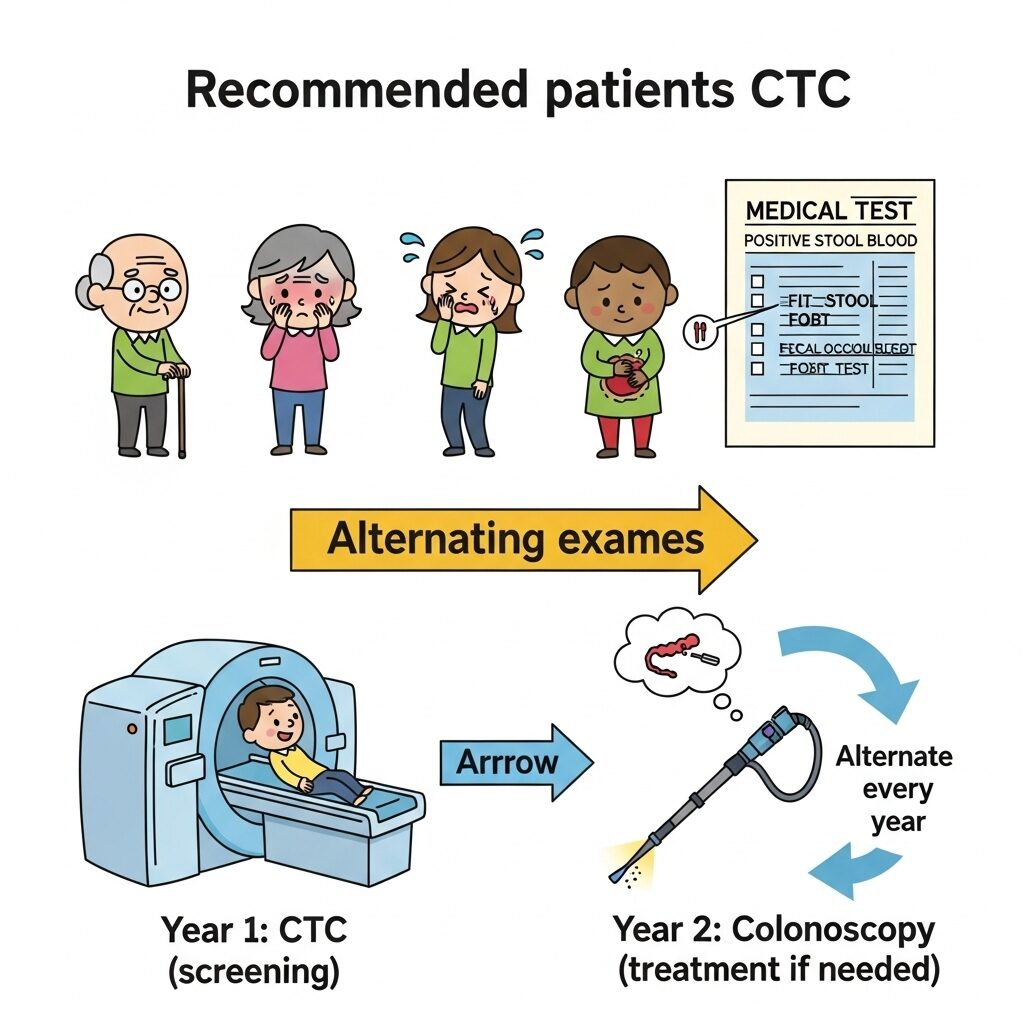
- Elderly or those with reduced heart/lung function
- People anxious about colonoscopy (fear, embarrassment)
- Positive fecal occult blood test (FOBT) results
- Incomplete colonoscopy in the past
- Abdominal discomfort, requiring colon + nearby organ evaluation
Smart Strategy: Alternating Exams
- Year 1: CTC for screening
- Year 2: Colonoscopy for confirmation/treatment
- Repeat alternately
👉 Balances comfort and treatment readiness.
Conclusion: One Brave Step Can Protect Your Future
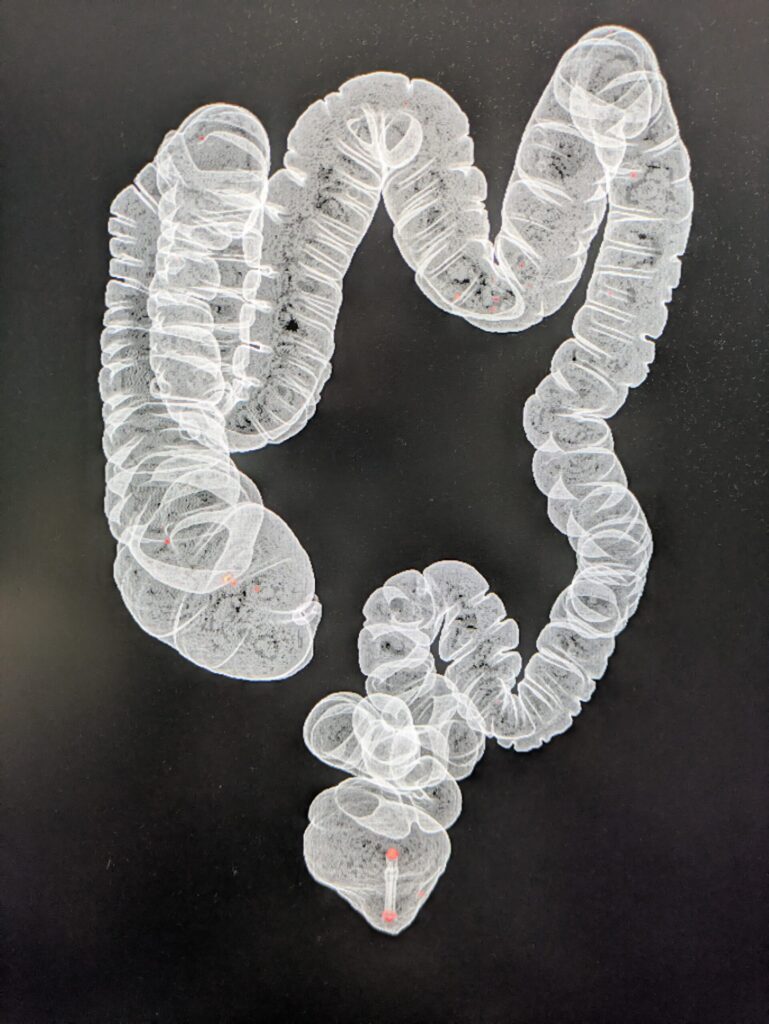
Colorectal cancer is highly curable when caught early. Yet many avoid screening because of fear, embarrassment, or the ordeal of laxatives.
CTC offers:
- Easier preparation
- Short exam time
- Less discomfort and embarrassment
For me, experiencing CTC made me realize: “I wish I had known this earlier.”
👉 The next step is simple: just tell your doctor,
“I’d like to undergo CT Colonography.”
That one sentence may safeguard not only your future but also the smiles of your loved ones.
■Related Articles
- 🦷 A 50s Man’s Challenge with Dental Implants (Part 2)
A personal journey of overcoming medical fears, echoing the anxieties many feel about colon screening.- 🩺 【50s Men’s Health】A New Era in Checkups: PCCT for “Low Radiation × High Precision”
Introduces another groundbreaking imaging technology, making a natural pair with the CTC article.- 🏊 My Back Hurt, So I Couldn’t Run Anymore. But I Could Still Swim — A Gentle Restart in My 50s
A story about sustainable health habits, complementing preventive screenings like CTC.
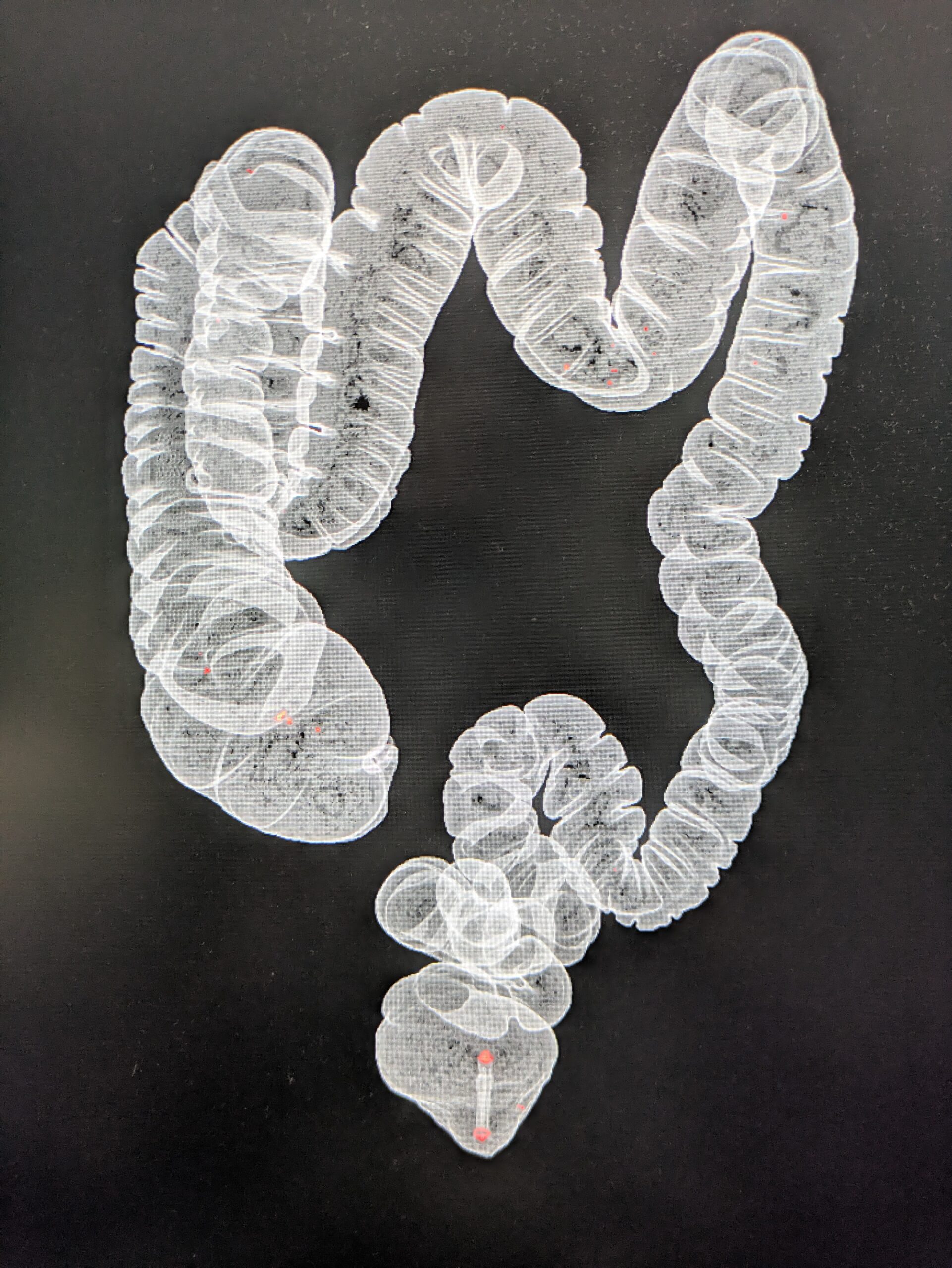


コメント